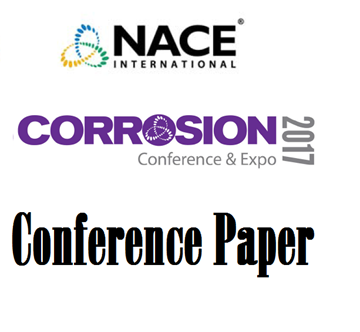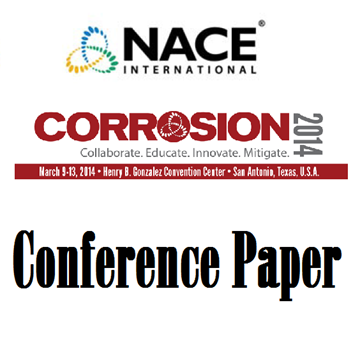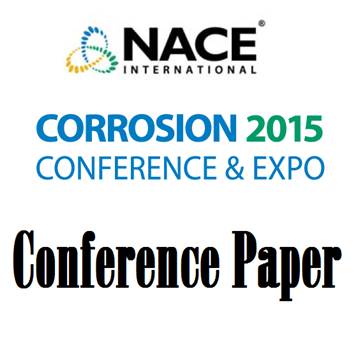Search
Thin Sol-Gel Coatings for Fouling Mitigation in Heat Exchangers
Also Purchased
Degradation of Carboxylic Acids and the Impact on Refinery Feed Preparation and Overhead Corrosion
Product Number:
51317--9289-SG
ISBN:
9289 2017 CP
Publication Date:
2017
$20.00
Failure Analysis of Reactor Effluent Air Cooler (REAC) in a Hydrocracker Unit
Product Number:
51314-3730-SG
ISBN:
3730 2014 CP
Publication Date:
2014
$0.00
Polymerization of Hexahydro-135-tris(2-hydroxyethyl)-s-triazine Hydrogen Sulfide Scavenger Inside a Crude Unit
Product Number:
51315-6054-SG
ISBN:
6054 2015 CP
Publication Date:
2015
$20.00
Recently viewed




